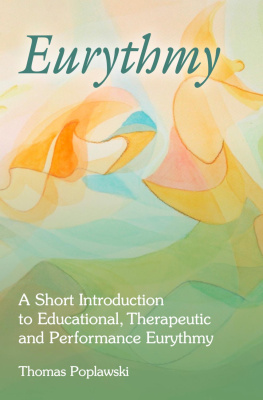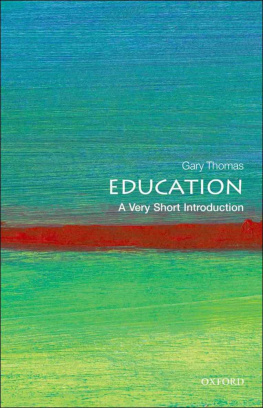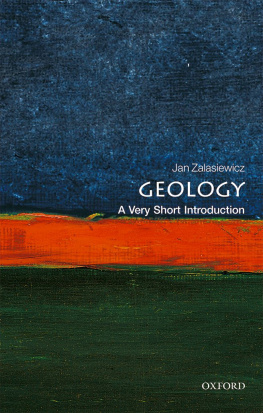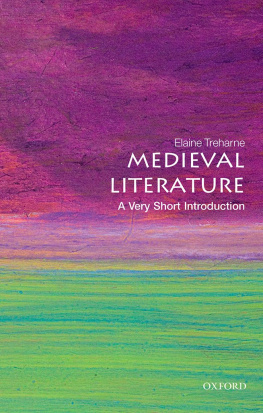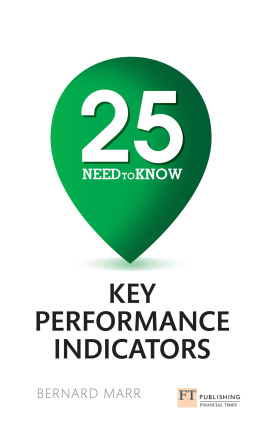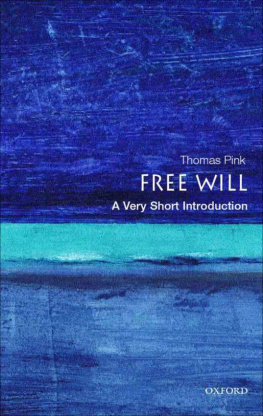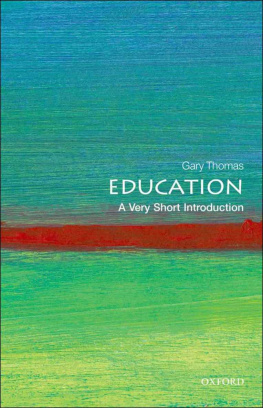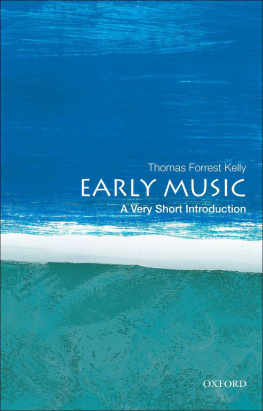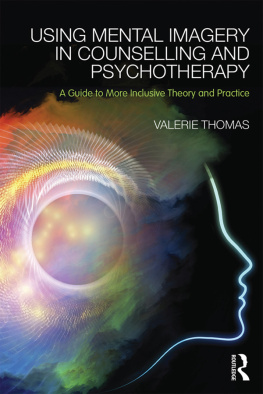Thomas Poplawski - Eurythmy: A Short Introduction to Educational, Therapeutic and Performance Eurythmy
Here you can read online Thomas Poplawski - Eurythmy: A Short Introduction to Educational, Therapeutic and Performance Eurythmy full text of the book (entire story) in english for free. Download pdf and epub, get meaning, cover and reviews about this ebook. year: 2020, publisher: Floris Books, genre: Religion. Description of the work, (preface) as well as reviews are available. Best literature library LitArk.com created for fans of good reading and offers a wide selection of genres:
Romance novel
Science fiction
Adventure
Detective
Science
History
Home and family
Prose
Art
Politics
Computer
Non-fiction
Religion
Business
Children
Humor
Choose a favorite category and find really read worthwhile books. Enjoy immersion in the world of imagination, feel the emotions of the characters or learn something new for yourself, make an fascinating discovery.
- Book:Eurythmy: A Short Introduction to Educational, Therapeutic and Performance Eurythmy
- Author:
- Publisher:Floris Books
- Genre:
- Year:2020
- Rating:4 / 5
- Favourites:Add to favourites
- Your mark:
- 80
- 1
- 2
- 3
- 4
- 5
Eurythmy: A Short Introduction to Educational, Therapeutic and Performance Eurythmy: summary, description and annotation
We offer to read an annotation, description, summary or preface (depends on what the author of the book "Eurythmy: A Short Introduction to Educational, Therapeutic and Performance Eurythmy" wrote himself). If you haven't found the necessary information about the book — write in the comments, we will try to find it.
Thomas Poplawski: author's other books
Who wrote Eurythmy: A Short Introduction to Educational, Therapeutic and Performance Eurythmy? Find out the surname, the name of the author of the book and a list of all author's works by series.
Eurythmy: A Short Introduction to Educational, Therapeutic and Performance Eurythmy — read online for free the complete book (whole text) full work
Below is the text of the book, divided by pages. System saving the place of the last page read, allows you to conveniently read the book "Eurythmy: A Short Introduction to Educational, Therapeutic and Performance Eurythmy" online for free, without having to search again every time where you left off. Put a bookmark, and you can go to the page where you finished reading at any time.
Font size:
Interval:
Bookmark:
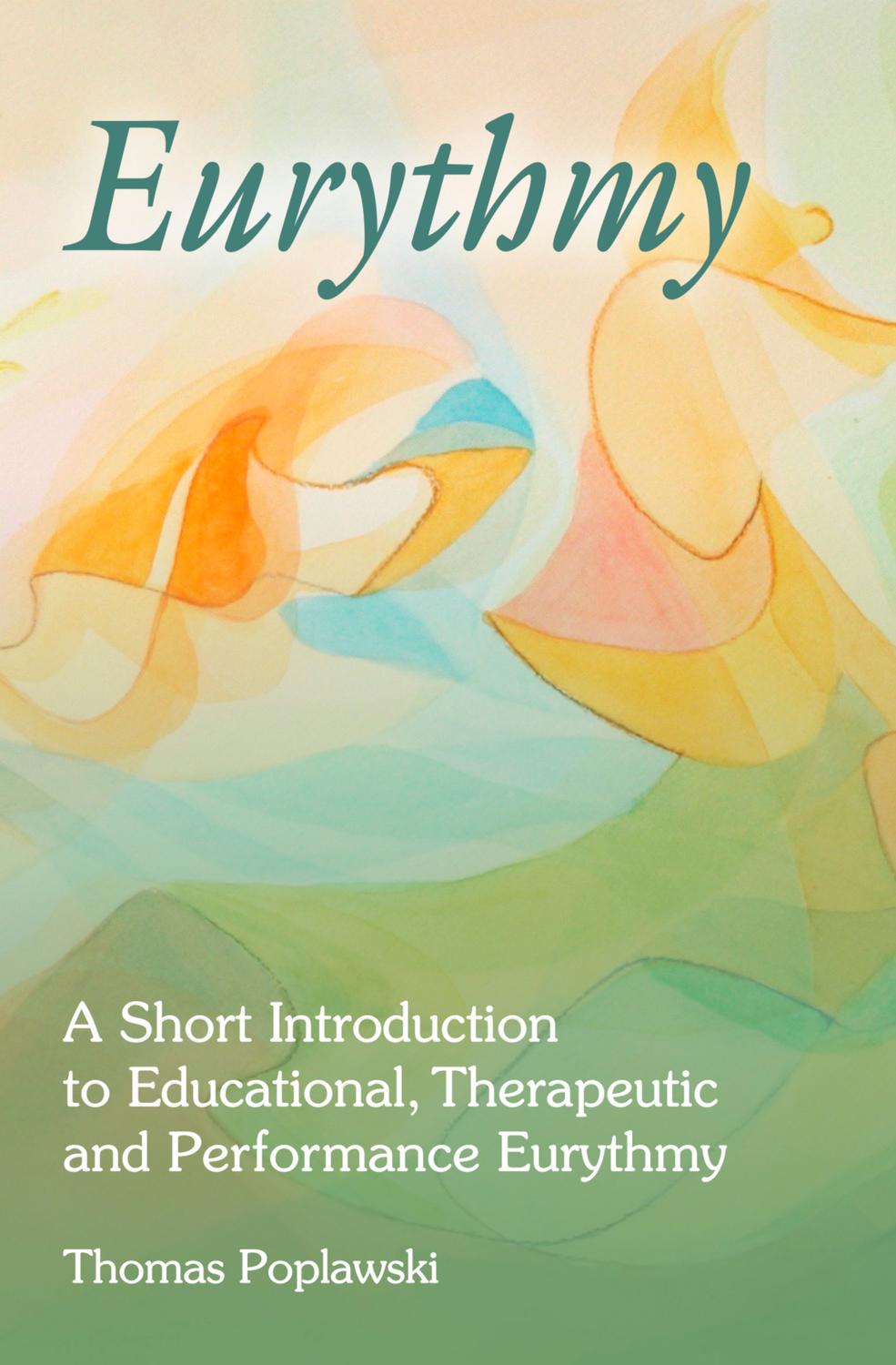
My warmest appreciation is to my eurythmist wife Valerie for her advice and editorial assistance throughout the entire project. The book is very much hers as well as my own.
In exploring the history of modern dance I am much indebted to the book of Joseph H. Mazo, Prime Movers. For the section on eurythmy therapy I have Seth Morrison and Rachael Ross to thank for helpful conversations that we had.
Finally, let me thank Ronald Koetzsch for his continuing support and encouragement.
Thomas Poplawski
Image credit H
Dance is an independent rhythm, a movement whose centre is outside of the human being. The rhythm of dance takes us to a primeval age of the world. The dances of our time are a degeneration of the original temple dances that embodied knowledge of the most profound secrets of the world.
With these words Rudolf Steiner expressed the essence of the renewal he was to bring to the art of dance with the founding of the movement art of eurythmy. Still little known in English-speaking countries, this art of ensouled movement has grown since its founding earlier in the century to include some thousands of eurythmists around the world. Eurythmy is found gracing the stages of grand theatres, most impressively by the large stage groups in Amsterdam, Stuttgart, and Dornach (Switzerland), but also in another form in schools, clinics, and in communities for those with special needs. For what this art has achieved is a kind of unified field theory of artistic movement, providing a nucleus which inspires and enkindles a performing art, an educational approach for children and adults and, finally, a movement therapy used as an adjunct to medical and psychological treatment.
Remarkably, Rudolf Steiner (18611925) was not himself a dancer but rather an inspired philosopher, writer, playwright, scientist, and veritable Renaissance man who founded the movement called Anthroposophy or Spiritual Science in Germany in 1913. Steiner believed that with the ending of what in Sanskrit was called the Kali Yuga or Dark Age in the late nineteenth century, the time had come to reopen the ancient Mysteries to humanity, to reveal what had for millennia remained the secret property of occult societies. This revelation of the Mysteries had already begun with the discovery and translation of sacred texts from the East and their subsequent popularisation, and with the spiritually channelled revelations of Helena Petrovna Blavatsky, founder of the Theosophical Society.
Helena Petrovna Blavatsky (183191) Image credit D
This trend has continued throughout the century up to the present time when a person can walk into any bookstore and find shelves of books expounding occult teachings and practices. Steiners interest, however, was not merely in discovering the nature of the old Mysteries or attempting to reconstruct them. Rather, he strove to reinfuse spirituality and deeper meaning into a western culture that had turned too one-sidedly toward a materialistic worldview by reviving the Mysteries in a manner that would be appropriate for the individual of today. He set about doing so through inspiring contributions, often of revolutionary calibre, in philosophy, the arts, and the sciences. The renewal of the art of dance was one to which he attributed especial importance not only for the arts but in the rejuvenation of the spiritual-cultural life in general. In order to understand what Steiner was attempting in his creation of eurythmy, it would be important to take a historical survey of dance especially in regard to its origin in the Mysteries, and to the thread which was apparently lost, but which Steiner hoped to pick up in his reinvention of the art.
Dance is regarded as the oldest of the arts, requiring only the body as its instrument. Like all of the arts, it was considered to be a gift to the human race from the spiritual worlds, from the realm of the hierarchies of angels or the gods. In the Greek tradition, Terpsichore, who inspired dance, was one of the nine Muses, all daughters of Zeus, leader of the Titans, and Mnemosyne, the goddess of Memory. Though all the Muses shared in song and dance, it was Terpsichore who brought this gift to Earth.
Just as children learn to gesture and to walk before speaking, so is it believed that communication began in earliest times through movement. Sympathy with another was expressed through imitating and mirroring the movement of the other, bringing the two into an understanding harmony and concordance. Then one or the other would lead the conversation in a particular direction with the other following, initiating a dance which went back and forth between the two. Inspiring this interchange was the presence and movement of the natural world and the cosmos above, as well as the inhabitants of these realms. Communication in ancient times was not so obsessed with the mere practicalities of asking someone to pass the butter! In the few writings which have come down to us from earliest times the impression of the early human being is not one of a lumbering, unshaven Neanderthal, but rather of a not entirely physical creature reminiscent of some Tolkienian forest folk, living in harmony and with resonance and extreme sensitivity to others and the natural world around.
Steiner (in his book Cosmic Memory) described all human beings of these times as clairvoyant, meaning that their thinking and deeds were influenced and inspired by spiritual forces and beings on a quite conscious level, though this consciousness was rather dreamlike and ethereal by modern standards. The earth was kept in harmony through the guidance given humanity by these gods, through the communities mirroring in movement impulses received from on high, then creatively elaborating this impulse through the dances they performed with each other. This life in Paradise, however, eventually came to an end. The Biblical story of Adam and Eve relates the expulsion from the Eden of this shared life with the spiritual realm. After this time, the human connection to the spiritual worlds began to dim. This loss of spiritual guidance could be seen as a necessary step in human development. If every action of an individual were ordained by spiritual beings, the pressure of divine presence would never have allowed the development of free will and the freedom of choice which we value so highly.
This loss, however, left the ancients in fear and confusion. Without a direct experience of the will of the gods, how were they to decide on rules of social conduct or morality, how were they to know when to plant, to harvest, to remain in synchrony with the divinely inspired rhythms of nature, of Gaia?
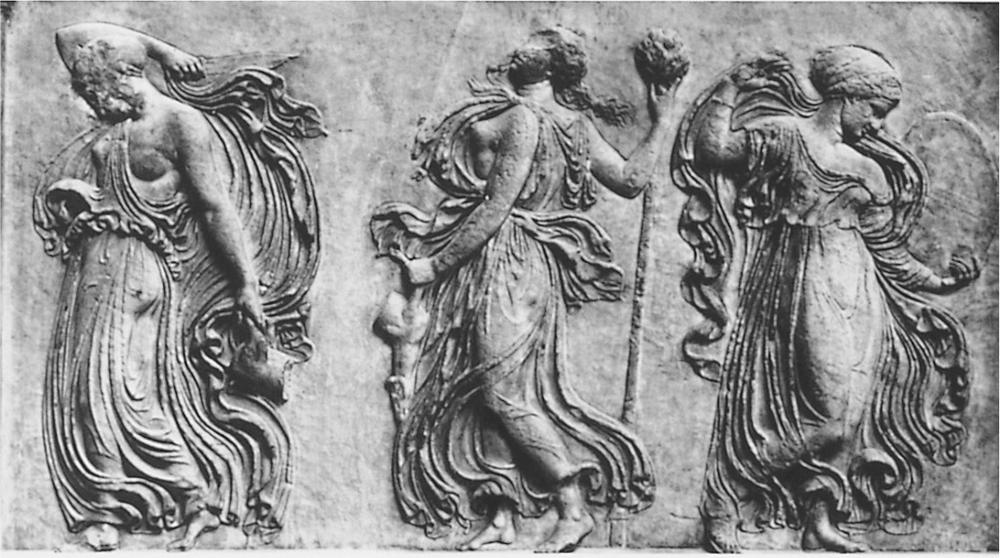
Dancing maenads (second century bc )
Certain individuals still maintained an openness to the inspiration of the spiritual world. The Old Testament is filled with stories of sages and prophets visited by angels or even, as with Moses on Mount Sinai, by a higher level of spiritual being, Yahweh or Jehovah. Many of these individuals had undergone training in special schools called Mystery centres, the mysteries implied being those of maintaining a connection between everyday consciousness and the more spiritual one. In these centres, specialised instruction was given and successful candidates were administered rites of initiation which reopened spiritual sight and hearing. In this fashion, for some time the link with the old gods was preserved. In time, however, even the Mysteries began to decay. As the consciousness of humanity dimmed, it became the role of the Mysteries and a clairvoyant priesthood to direct what now became rituals. As such, this was also the time when the arts (and artists) came into being. Prior to this time when everyone enjoyed the clairvoyant capacity to receive impressions from spiritual realms, the communicating and inspiring function of the arts was unnecessary. With the coming of the Dark Age, however, the arts sprung forth from the Mystery temples as a means of continuing to transmit the sacred will, especially through rites and rituals. In ancient Greece this took the form of the dithyramb or circular chorus
Font size:
Interval:
Bookmark:
Similar books «Eurythmy: A Short Introduction to Educational, Therapeutic and Performance Eurythmy»
Look at similar books to Eurythmy: A Short Introduction to Educational, Therapeutic and Performance Eurythmy. We have selected literature similar in name and meaning in the hope of providing readers with more options to find new, interesting, not yet read works.
Discussion, reviews of the book Eurythmy: A Short Introduction to Educational, Therapeutic and Performance Eurythmy and just readers' own opinions. Leave your comments, write what you think about the work, its meaning or the main characters. Specify what exactly you liked and what you didn't like, and why you think so.

